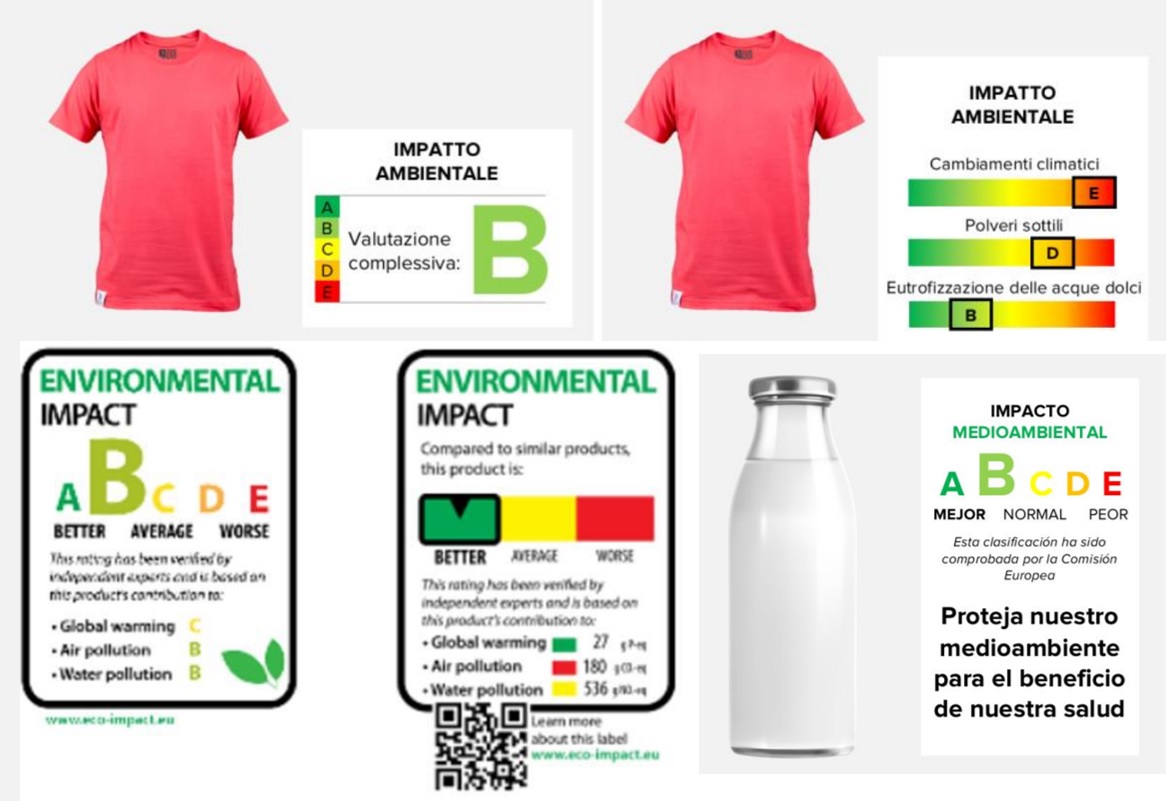In 2013, the European Commission started to develop a initiaive for Product Environmental Footprint (PEF). This initiative proposes to promote a methodology to eventually used in upcoming policies and legislations on product-related issues as a vital component in its 2020 programme for a “Single Market for Green Products”.
PEF is based on a number of ISO standards for life cicle analysis LCA and environmental product declaration EPD. A large part of the work has focused on developing “Product Environmental Footprint Category Rules, PEFCR", which has been carried out for about 25 different product categories.
1. Batteries and accumulators
2. Decorative paints
3. Hot and cold water supply pipes
4. Household detergents
5. Intermediate paper product
6. IT equipment
7. Leather
8. Metal sheets
9. Footwear
10. Photovoltaic electricity generation
11. Stationery
12. Thermal insulation
13. T-shirts
14. Uninterruptible Power Supply
15. Beer
16. Coffee
17. Dairy
18. Food for food-producing animals
19. Marine fish (discontinued)
20. Meat (bovine, pigs, sheep)
21. Olive oil
22. Packed water
23. Pasta
24. Pet food (cats and dogs)
25. Wine
One of the main novelties of PEF is the communication way that it proposes to label the products and transfer the environmental information to the end-consumer. We must attentive on the next steps of the European Commission, since the pilot project have already been completed and PEF has entered into a transition phase where all the results and experiences acquired are being evaluated so far to make a decision about it.
